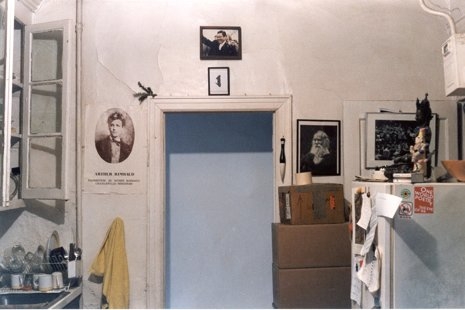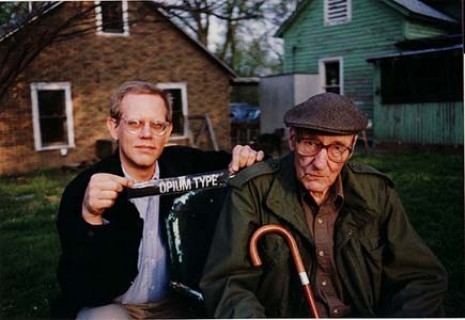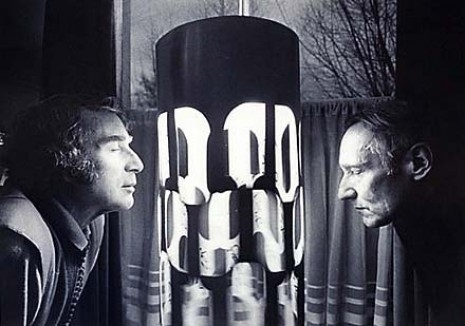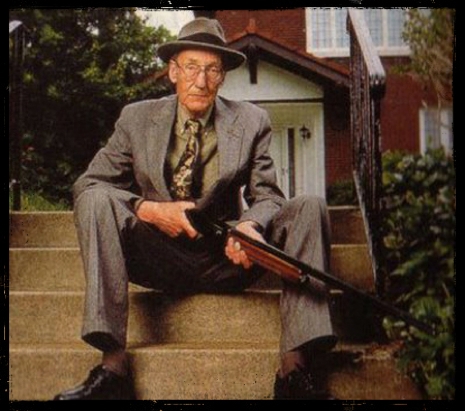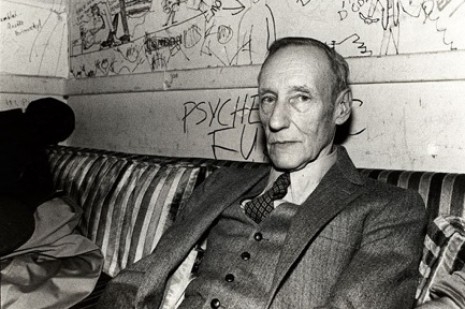
It caused nausea and vomiting when first shown at the Cinephone, Oxford Street, in London. Some of the audience demanded their money back, others hurled abuse and shouted “That’s sick,” and ““Its disgusting.” This was the idea, as writer William Burroughs and producer, Antony Balch wanted to achieve a complete “disorientation of the senses.”
Balch had a hard-on for the weird, unusual and sometimes depraved. It was a predilection born from his love of horror films - one compounded when as a child he met his idol, Bela Lugosi, the olde Austro-Hungarian junkie, who was touring Britain with the stage show that had made him famous, Dracula. Film was a love affair that lasted all of Balch’s life.
He also had a knack of making friends with the right people at the right time. In Paris he met and hung out with the artist Brion Gysin and druggie, Glaswegian Beat writer, Alexander Trocchi, who was then writing porn and editing a literary mag called Merlin, along with the likes of Christopher Logue. Through them, Balch met the two men who changed his life, Burroughs and Kenneth Anger.
Anger helped Balch with his ambitions as a cinema distributor, getting him a copy of Todd Browning’s classic Freaks, which was banned the UK, at that time. Balch paid Anger back when he later released his apocalyptic Invocation of My Demon Brother as a support feature.
Burroughs offered Balch something different - the opportunity to collaborate and make their own films. This they did, first with Towers Open Fire, an accessible montage of Burroughs’ routines, recorded on a Grundig tape recorder, cut-up to Balch’s filmed and found images of a “crumbling society.” Put together stuff like this and the chattering classes will always take you seriously. But don’t doubt it, for it was good.
But it was their second collaboration, Cut Ups which for me is far more interesting and proved far more controversial. Cut Ups was originally intended as a documentary called Guerilla Conditions, and was filmed between 1961 and 1965 in Tangiers and Paris. It included some footage from Balch’s aborted attempt to film the unfilmable Naked Lunch. The finished material was collated and then conventionally edited - but the process didn’t stop there, no. For Balch divided the finshed film into four sections of equal length, and then...
Bonus clip of ‘Bill and Tony’ after the jump…
Previously on Dangerous Minds






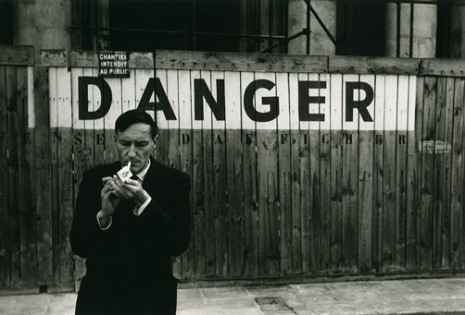
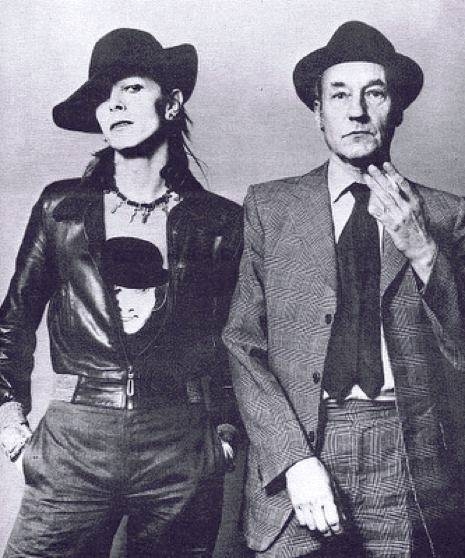



 I have been experimenting with figurative woodcuts for almost twenty years since being introduced to the medium by printmakers at the Alberta College of Art and Design. Recently, I have been wrestling with a new challenge: five truckloads of salvaged century-old rough Douglas fir beams from the restoration of the Alberta Block in Calgary and from the dismantling of grain elevators. This wood is very interesting in its history and also in that it is oddly shaped. Unlike traditional woodcut material such as cherry or walnut, the material is ornery. There are holes and knots and gouges and rusty nails sticking out the sides.
I have been experimenting with figurative woodcuts for almost twenty years since being introduced to the medium by printmakers at the Alberta College of Art and Design. Recently, I have been wrestling with a new challenge: five truckloads of salvaged century-old rough Douglas fir beams from the restoration of the Alberta Block in Calgary and from the dismantling of grain elevators. This wood is very interesting in its history and also in that it is oddly shaped. Unlike traditional woodcut material such as cherry or walnut, the material is ornery. There are holes and knots and gouges and rusty nails sticking out the sides.

